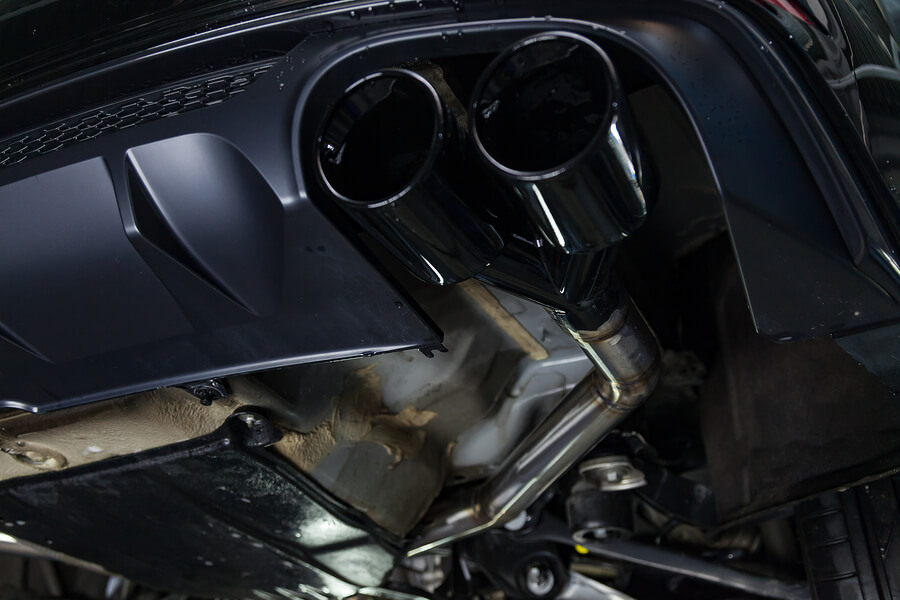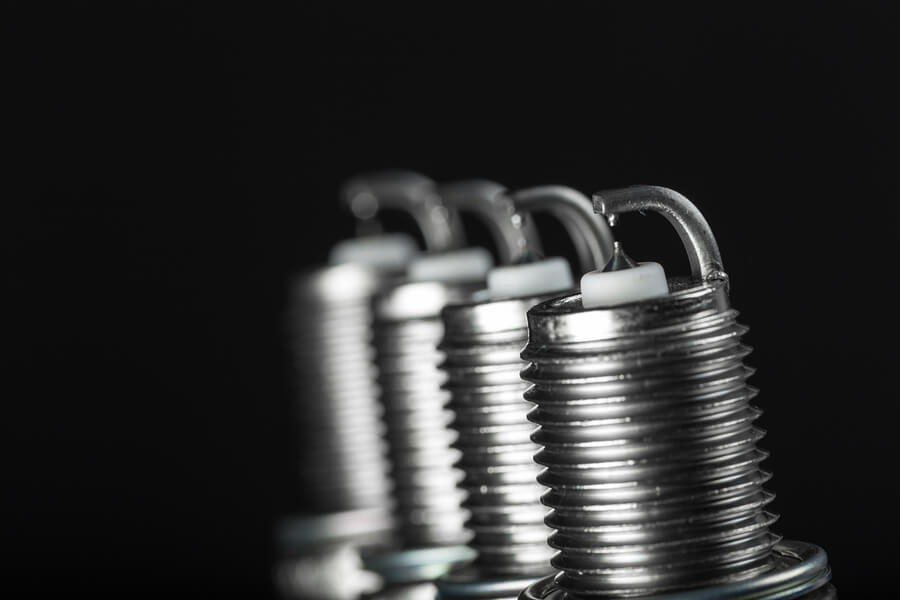A tuned engine is a happy engine, but if you’re worried that yours is singing from a different song sheet, here’s our beginner’s guide to tuning your engine so it will soon be humming pitch perfectly.
1. Air intake
An engine needs a good flow of air in order to work efficiently, but standard engine air filters can reduce the amount of air getting through your engine’s air intake.
There are a couple of ways to improve this, without allowing harmful unfiltered air into your engine, including complete air intake kits.
But an easier alternative is just to replace the manufacturer’s filter with an aftermarket filter that is designed to allow greater intake, as this should give an immediate boost to engine performance.
2. Exhaust
Tuning your exhaust helps your car to get rid of all that extra air it is sucking in, but you don’t necessarily want to make this as easy as possible, as some back pressure from the exhaust actually helps increase engine torque and acceleration.
Manufacturer exhaust mufflers are often designed for lower-cost production and low sound levels during driving.
Switching to an aftermarket muffler can be a worthy investment in terms of helping the engine to deliver more power, and this is also why modded cars often have a louder or more distinct sound profile as they drive by.
3. Induction

Forced induction works by pushing extra air into the engine, on top of the amount it can take in through its ordinary air intake, and is only suitable for turbo and supercharged engine types.
There’s a limit to how much you can push through an engine safely, but as standard, this is normally set to well within safe levels using the turbocharger’s bypass valve.
If you stay within that margin of error, it’s usually possible to increase the boost pressure by adjusting the bypass valve, giving even more oomph to your engine.
4. Fuel injection
Air isn’t the only thing a combustion engine needs in order to combust – you won’t get very far without fuel, which is why fuel injection is important in a similar way to increasing your air intake.
In most cases the ideal ratio is one part fuel to every 15 parts air, called the stoichiometric ratio, but it’s unusual for engines to be perfectly tuned to this ratio without specifically testing and adjusting for it.
With modern engines it’s possible to adjust the ratio by tweaking the engine control unit’s injector signal, a process known as ECU mapping.
5. Ignition
Finally, if you want your air-fuel mix to burn, you need to ignite it. There are options to adjust ignition via ECU mapping but if you’ve boosted your engine power in other ways, it’s worth considering a physical replacement of your spark plugs.
Aftermarket spark plugs can have a higher heat range profile, which allows them to work well in engines that have been tuned to deliver more power.
This ensures that your spark plugs can ignite the fuel efficiently, removing one of the last barriers to getting every possible extra horsepower out of your engine.

